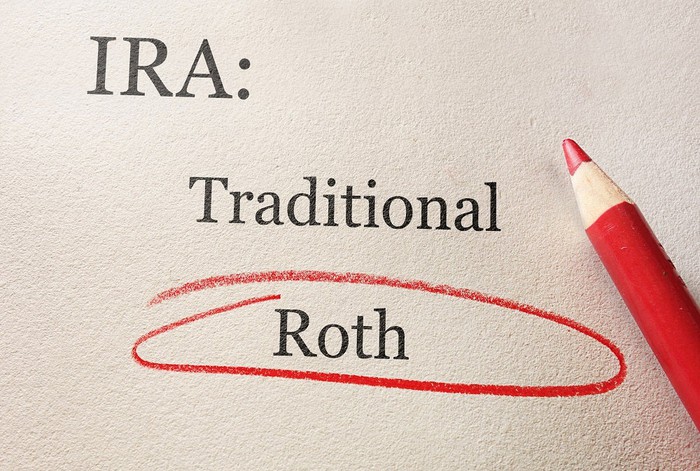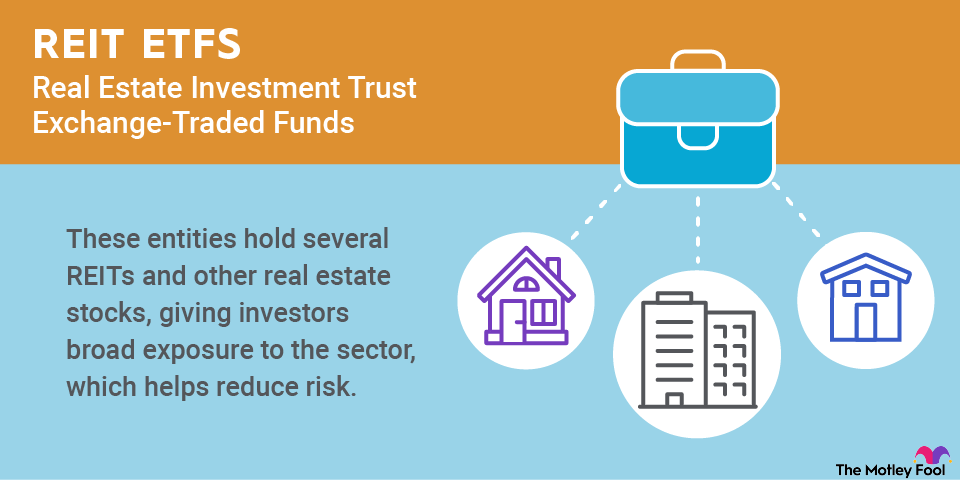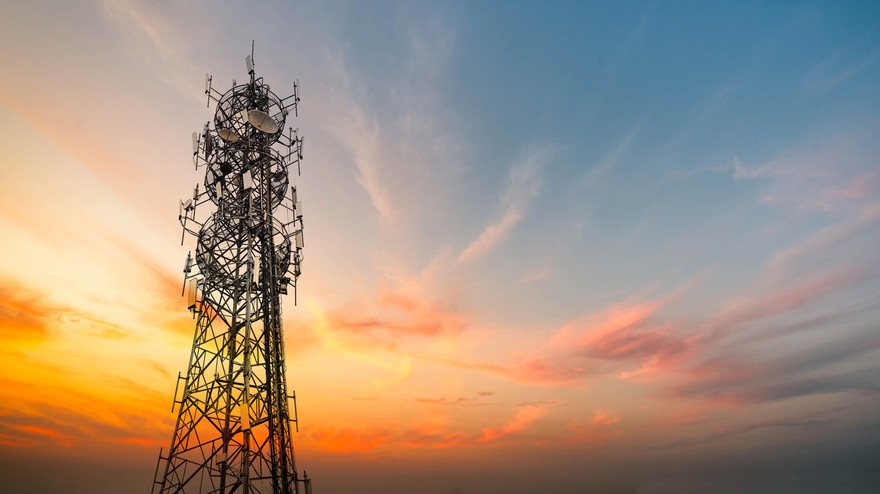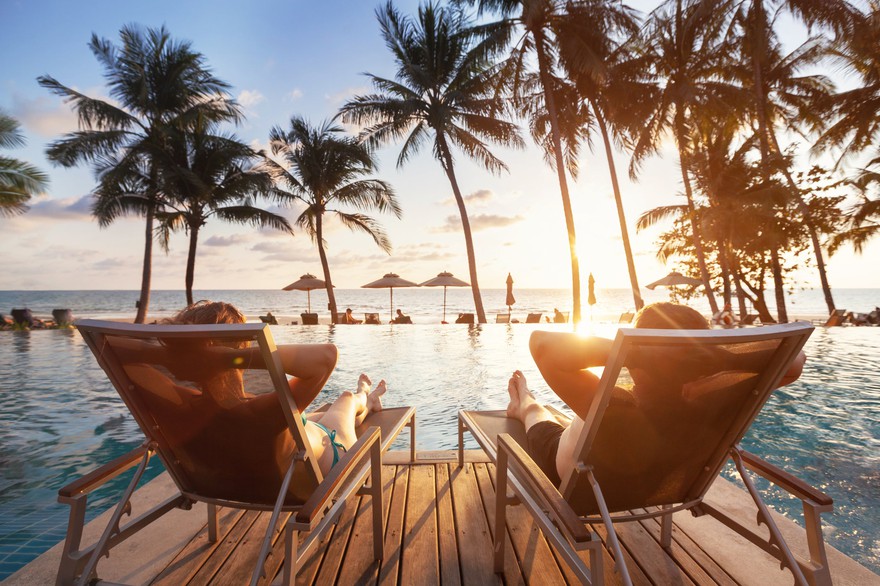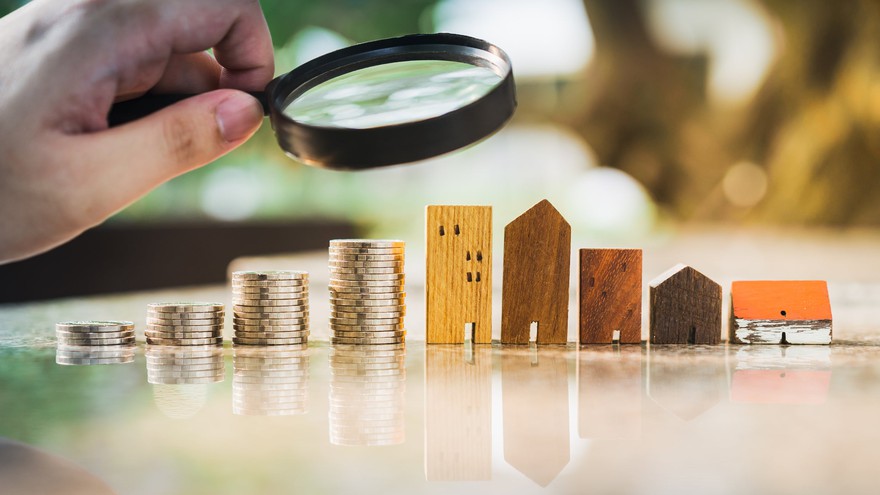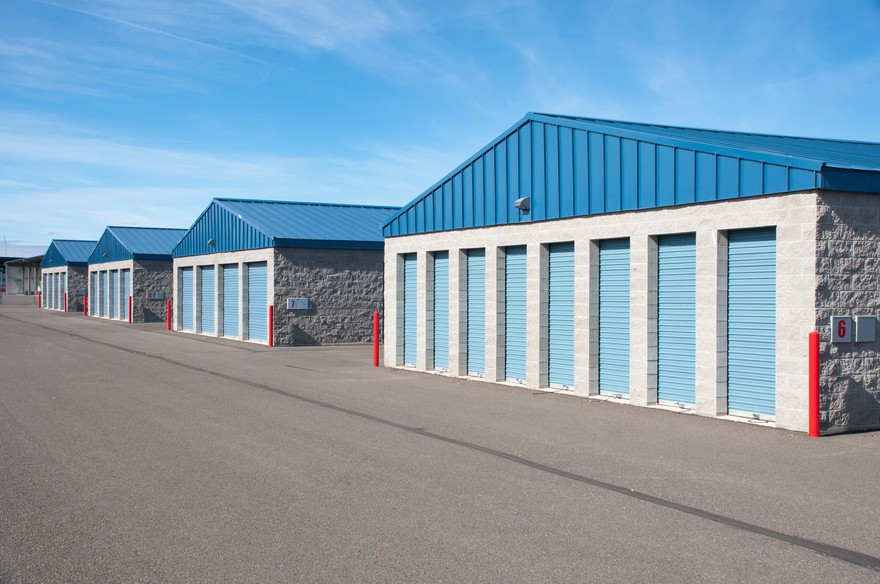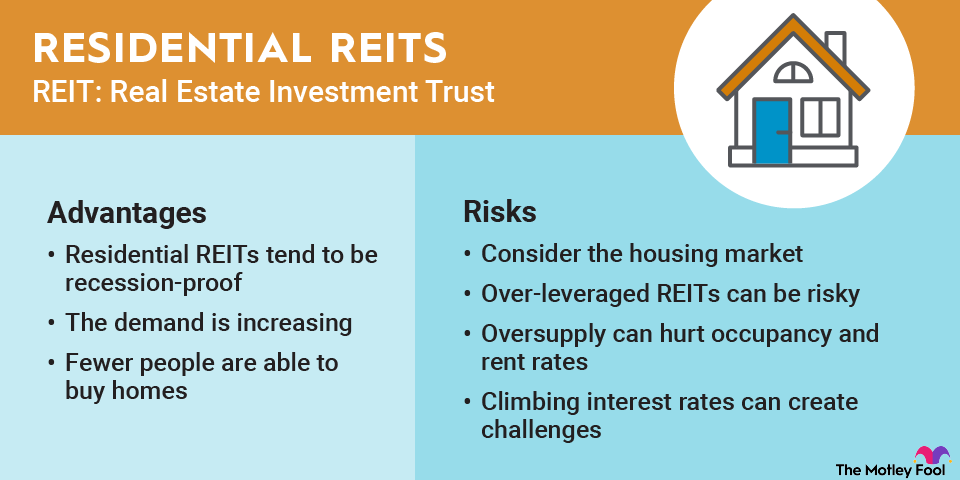Timberland real estate investment trusts (REITs) are real estate companies that focus on owning and managing land used to grow timber. That makes them different from other REITs, which mostly concentrate on owning buildings or other facilities rented out to tenants.
Given the difference, investors need to understand how timberland REITs work, the advantages of owning them, and their risks. Here's a closer look at those factors and some timberland REITs to consider.

Understanding timberland REITs
Timberland REITs own and manage timberland real estate. They harvest and sell timber to lumber mills and wood product manufacturing facilities owned by the REIT or a third party. Timberland REITs also focus on maximizing the value of their land holdings, which can include selling it for various uses other than for growing timber, such as conservation or housing.
This business model makes timberland REITs different from many other REITs. Most REITs generate relatively stable rental income by leasing their real estate to tenants. On the other hand, timberland REITs earn income by selling timber, wood products, and real estate. The price of the commodities tends to ebb and flow with supply and demand, making earnings more volatile. Timber REITs can be similar to other cyclical stocks that produce commodities, such as basic material companies and oil producers.
Advantages of investing in timberland REITs
There are a few advantages to owning timberland REITs in your portfolio, including:
- Solid lumber investment play. Higher timber prices can drive up timber REIT earnings. That makes timberland REITs a great way to invest in lumber when the market is on a cyclical upswing. The housing market is a big driver of lumber prices, making timberland REITs another way to invest in housing.
- Increasing timber demand. While lumber prices can be volatile due to changes in demand, they tend to increase over the long term. A growing population drives the need for more housing and more lumber.
- Inflation hedging. As a commodity, lumber benefits from inflation. Timberland is a good inflation hedge since rising lumber and land prices should boost the value of a timber REIT's land portfolio and its cash flow from selling timber, wood products, and real estate.
Risks of investing in timberland REITs
The risks of timberland REITs aren't insubstantial, however, and should also be considered before investing. These include:
- Possible volatility. While timberland REITs benefit from higher lumber prices since that will boost their revenue and earnings, falling lumber prices can cause revenue and earnings to decline. That variability can make timberland REIT stock prices more volatile than other REITs. Periods of prolonged lower lumber prices can force a timber REIT to reduce its dividend.
- Unpredictable natural disasters. In addition to commodity price risk, nature represents another risk for timberland REITs. Wildfires, weather events, diseases, and insects can all destroy timberland. The effects of climate change could have an outsized impact on timberland REITs.
- Interest rate risk. Meanwhile, timber REITs also face a risk common to all REITs: interest rate risk. Like other REITs, timberland REITs tend to borrow a lot of money to acquire property. As interest rates rise, a timberland REIT's interest expenses can increase if it has a floating rate or an upcoming debt maturity.
- Potential for declining stock prices. Rising interest rates also increase the income yield on lower-risk investments such as government bonds. That gives income-focused investors more options. As a result, REIT stock prices often decline, and dividend yields are increased to compensate investors for their higher risk profile. Some of this risk can be offset with appropriate portfolio diversification, even if you prefer to keep all your money in REITs.
Three timberland REITs to consider in 2025
There are three publicly traded timberland REITs:
| Name and ticker | Market cap | Dividend yield | Industry |
|---|---|---|---|
| Weyerhaeuser (NYSE:WY) | $16.1 billion | 3.77% | Specialized REITs |
| Rayonier (NYSE:RYN) | $3.4 billion | 4.97% | Specialized REITs |
| PotlatchDeltic (NASDAQ:PCH) | $3.1 billion | 4.49% | Specialized REITs |
Here's a closer look at these timberland REITs:
1. Weyerhaeuser

NYSE: WY
Key Data Points
Weyerhaeuser (WY -0.79%) is, by far, the largest timberland REIT. It owns 10.4 million acres of timberland in the U.S. and manages land in Canada under long-term licenses, giving it access to another 14.1 million acres. The company also operates 34 wood product manufacturing facilities across North America. In addition, it has a real estate, energy, and natural resources business that aims to get the most value out of every acre of land it owns.
Aside from its scale and diversification, another factor that sets Weyerhaeuser apart from other timberland REITs is its dividend policy. The company implemented a new framework in late 2020 to pay a base quarterly dividend, plus a variable supplemental dividend. The company set the base payout to be sustainable at lower commodity prices. Meanwhile, the variable supplemental dividend would see Weyerhaeuser pay out additional cash to shareholders when lumber prices are higher. Overall, it aims to distribute 75% to 80% of its annual funds available for distribution via dividends.
2. Rayonier

NYSE: RYN
Key Data Points
Rayonier (RYN -1.65%) operates two core businesses: forest resources and real estate. The company holds 2.5 million acres of timberland across the Pacific Northwest, the U.S. South, and New Zealand. In addition, it maximizes the value of its real estate by selling select timberlands for different uses.
Rayonier is the purest play on timber. The REIT generated approximately 77% of its earnings before interest, taxes, depreciation, and amortization (EBITDA) from its timber operations in 2024 and almost 79% in 2023. The remaining EBITDA comes from its real estate operations. Given its leverage to timber, Rayonier should benefit more from higher lumber prices.
3. PotlatchDeltic

NASDAQ: PCH
Key Data Points
PotlatchDeltic (PCH -2.27%) is a diversified timberland company. It holds 2.1 million acres of timberland across Alabama, Arkansas, Georgia, Idaho, Louisiana, Mississippi, and South Carolina. In addition, it operates six sawmills, an industrial-grade plywood mill, a residential and commercial real estate development business, and a rural timberland sales program.
PotlatchDeltic's diversified operations help generate a relatively stable cash flow, which has supported sustainable dividend growth over the years. Meanwhile, as the company generates incremental cash flow from higher lumber prices, it allocates that money toward higher shareholder returns (share repurchases and special dividends) and growth investments, such as acquisitions. For example, higher lumber prices in 2021 enabled the company to pay a significant special dividend.
Factors to consider when investing in timberland REITs
There are several factors specific to timberland REITs to consider before investing, including:
- Timber prices. Your timberland REIT can only perform as well as the timber market allows. No matter how good the business, there may be a bit of cyclicality, and you'll need to be prepared for ups and downs.
- Product mix. Sawlogs, pulpwood, and non-timber income are all part of the mix for many timberland REITs. Sawlogs become lumber, which has a higher margin; pulpwood becomes paper, which has a lower margin. Other income will depend on the location and activity.
- Geographic and climate impact. Where your timberland REITs are located has some impact on how well the trees will grow, but so does the climate. With climate change a very real risk, it's important to monitor and consider the effects of weather on your REIT. An area that was once moist that's experiencing unusual droughts, for example, might not be a great long-term prospect.
Related investing topics
How to invest in timberland REITs
- Open your brokerage app: Log in to your brokerage account where you handle your investments.
- Search for the stock: Enter the ticker or company name into the search bar to bring up the stock's trading page.
- Decide how many shares to buy: Consider your investment goals and how much of your portfolio you want to allocate to this stock.
- Select order type: Choose between a market order to buy at the current price or a limit order to specify the maximum price you're willing to pay.
- Submit your order: Confirm the details and submit your buy order.
- Review your purchase: Check your portfolio to ensure your order was filled as expected and adjust your investment strategy accordingly.



